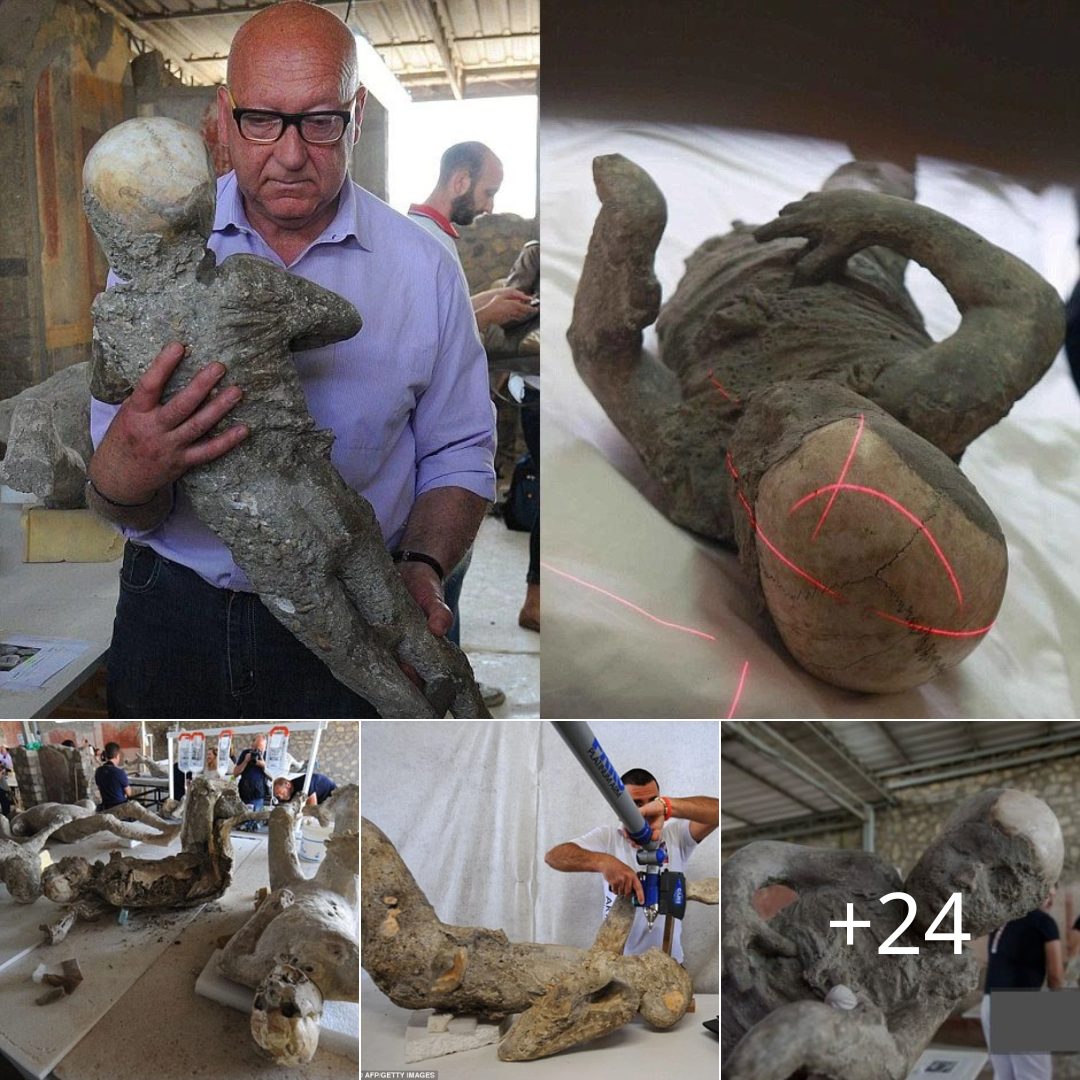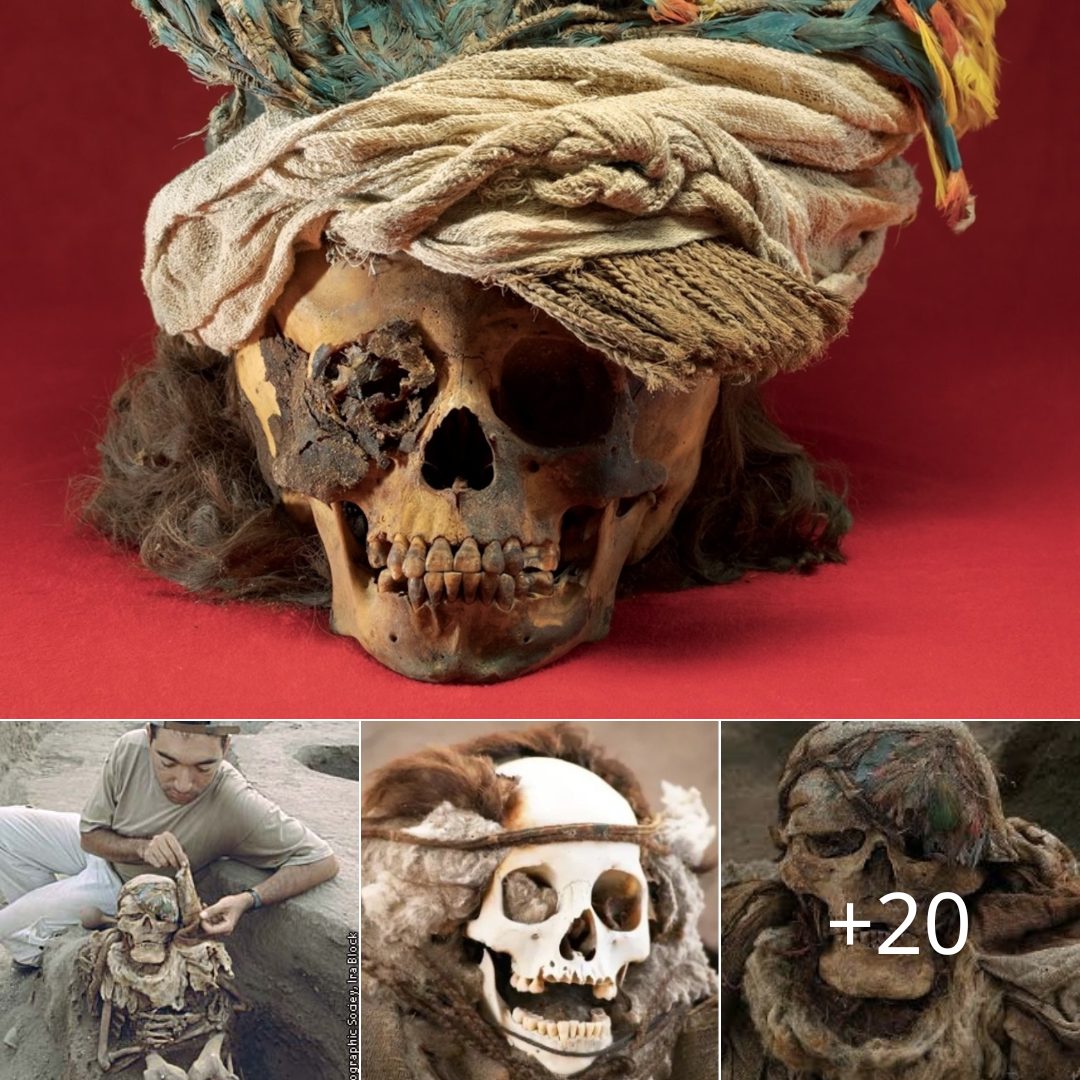A joint German-Egyptian archaeological mission working in the Heliopolis temple in Matareya unveiled fragments of royal statues and a large mudbrick wall during the completion of its thirteenth season.

According to Dr. Ayman Ashmawy (head of the Egyptian Antiquities sector at the Ministry of Antiquities and head of the mission from the Egyptian side) the team excavated and tested the area near the ancient industrial workshops. The mission found a part of a paved street at a depth of 1 m below the groundwater, as well as pottery dating back to the Third Intermediate Period.
The mission also excavated a number of pits mostly dating back to the Hellenistic era; one contained remains of inscriptions ascribed to King Ramses II, including a stone block with representation of Ramses in front of the god Ra Horakhty as “the great god Lord of Heaven, ruler of Heliopolis”. Another pit contained a number of fragments belonging to royal statuary; one formed part of the base of a statue of King Seti II (1205-1194 BC), made of brown quartz, while another comes from a red granite statue, probably depicting a goddess (Isis or Hathor) or a Ramesside queen.
Dietrich Rau (head of the mission from the German side), said that beside the wall discovered at the site known as Moataseem Street, archaeologists found a layer of rubble alongside several molds used in the making of amulets and parts of Old Kingdom columns in reuse. On top of another layer dating back to the Predynastic era, archaeologists excavated mud bricks representing houses and breweries dating back to this period. The finds are identical in form with a similar group discovered in Dakahlia. The mission also found stone tools typical to the civilization of Lower Egypt at the time that preceded its unification with Upper Egypt — and the beginning of the ancient Egyptian state.
It is noteworthy that research is concentrated in the south-west side of the Temple of Heliopolis (area 251), which had yielded finds dating to the Third Intermediate Period last April.





